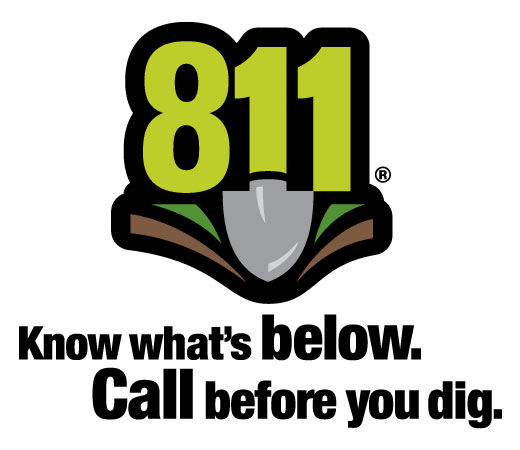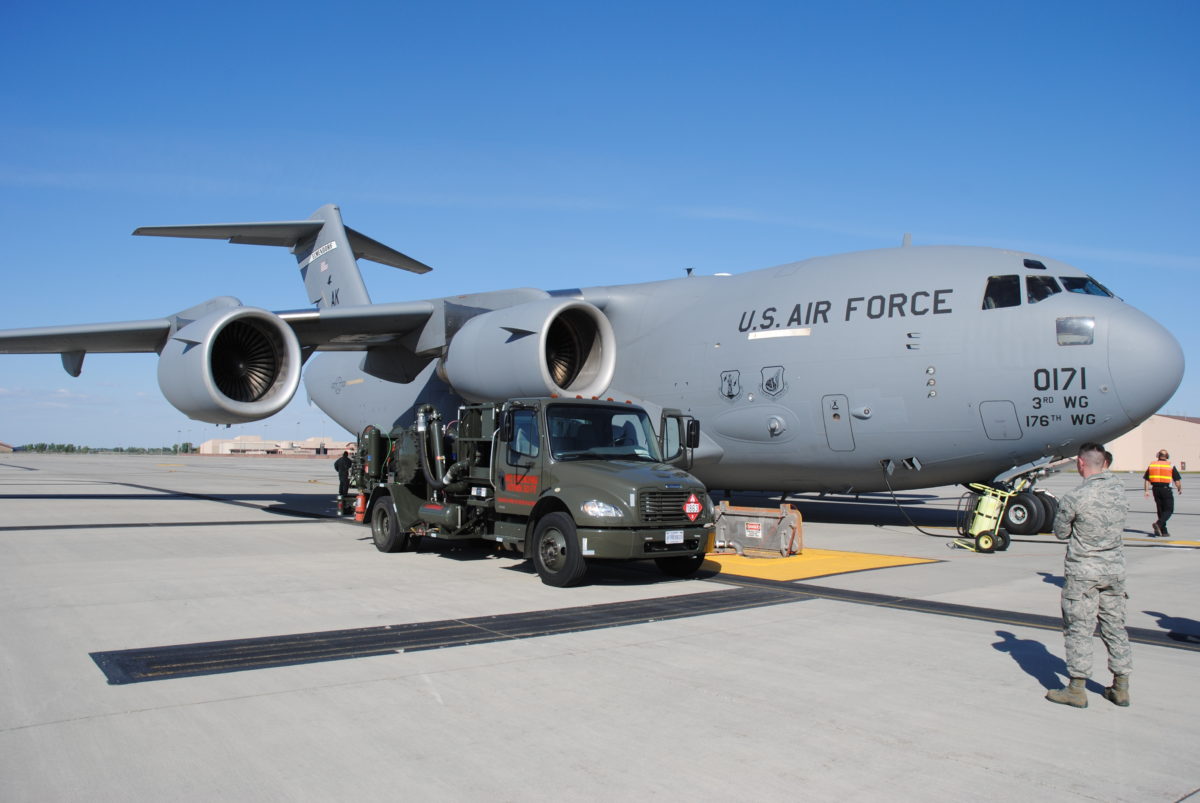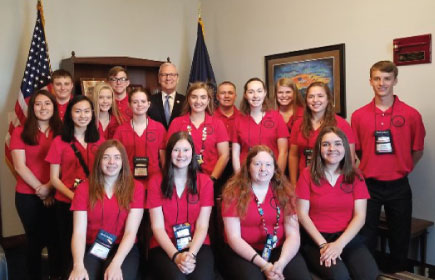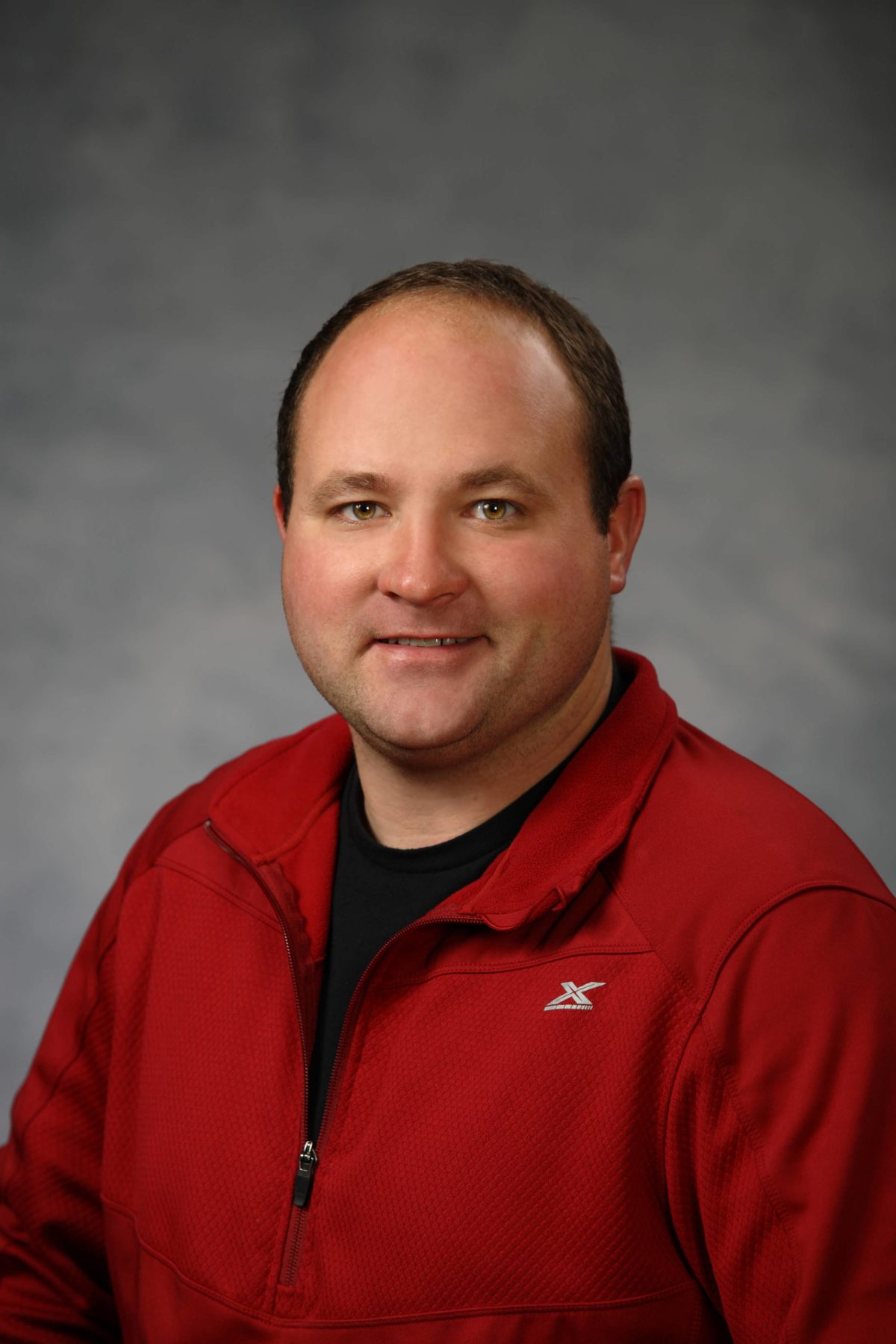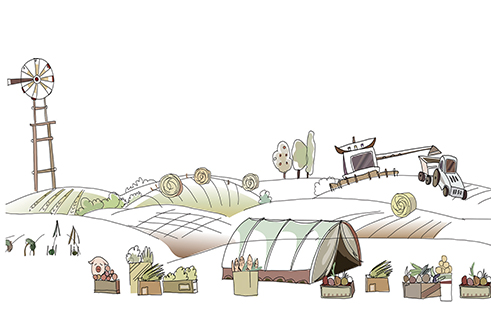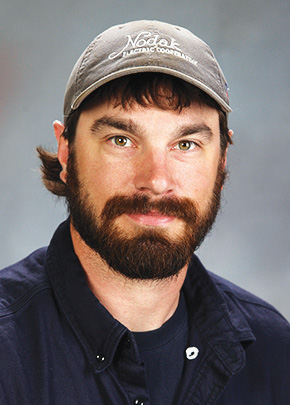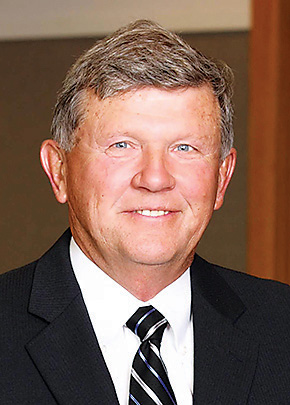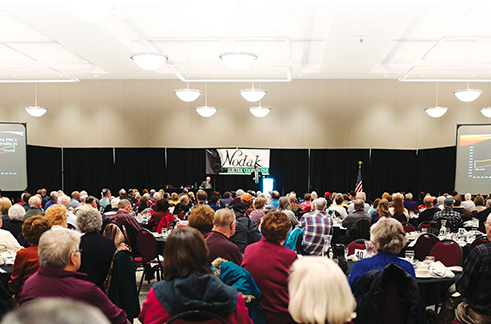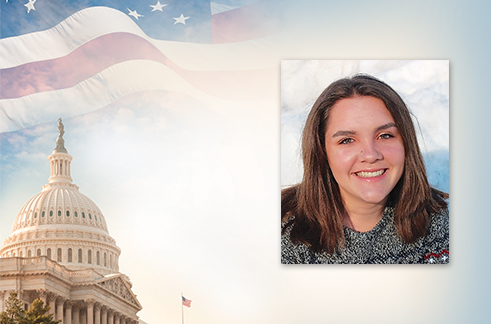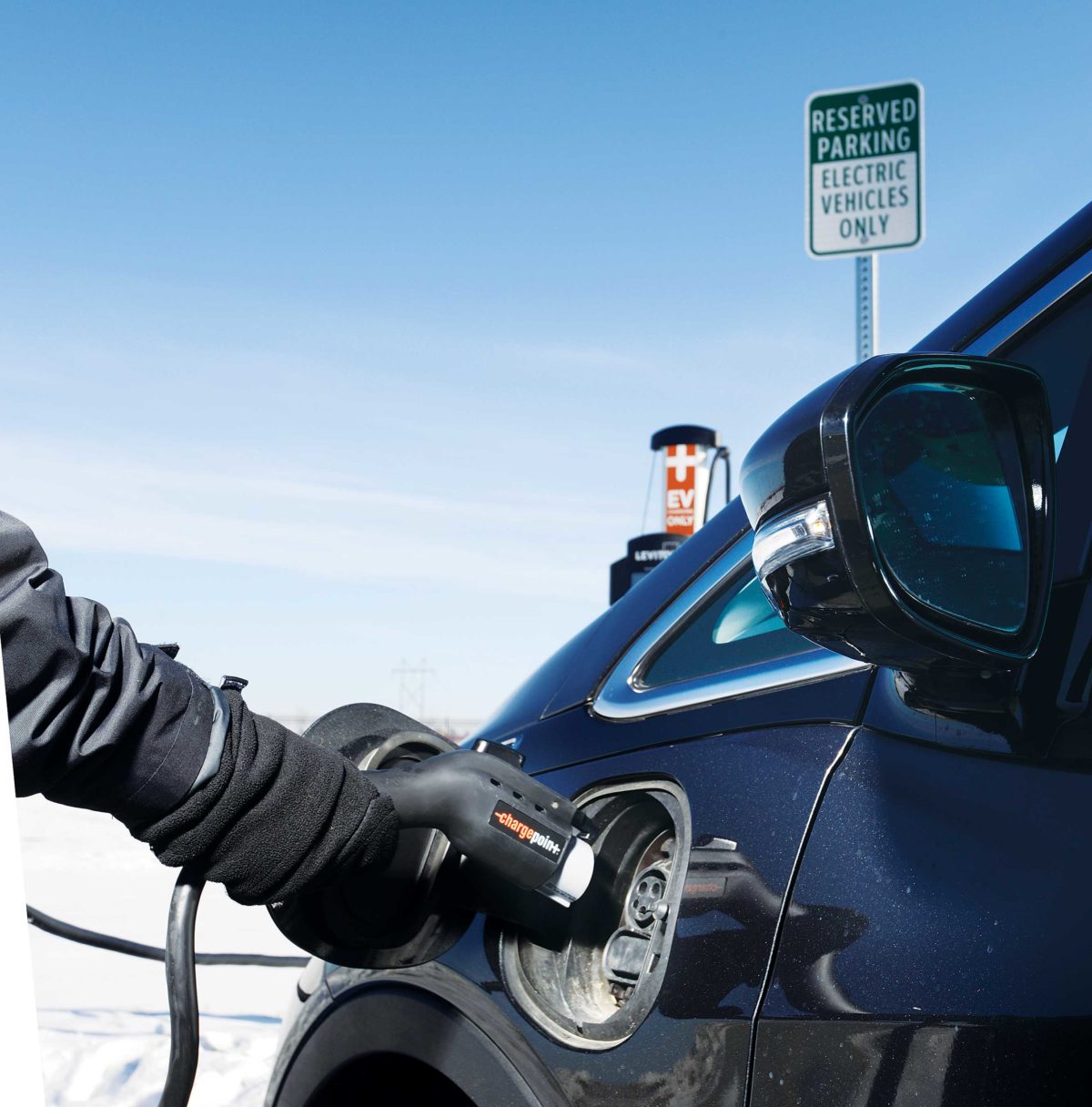Know What’s Below: Call Before You Dig
No matter how large or small your digging project may be, remember to call 811 before you dig. Calling before you dig will keep you out of trouble with the law. Besides, who wants their neighbors mad at them because they caused a power outage when they dug a hole to plant a tree?
North Dakota One Call provides a single point of contact to both prevent damage to underground utility facilities and to protect public and construction contractors from contact with power, gas, water and communication lines.
For Nodak to locate underground wires, it is required by law for the member to call 811.
Nodak has approximately 4,280 miles of underground cable wire, so if the cable is cut or damaged, that could lead to loss of power for many of our members. It will also result in added cost to the person(s) responsible for the damage. There have been cases of electrocution and severe injuries caused by digging into electric lines that could have been avoided with a simple call to 811.
How do you know whose line it is?
Homeowners should be aware that private facilities such as septic, water, gas lines from a propane tank, private secondary wiring running to an outbuilding or shed, an invisible pet fence or sprinkler systems WILL NOT be marked. In these instances, it is the homeowner’s responsibility to make sure any privately owned underground wires on the member side of the meter are located prior to digging. Electric secondary lines should be located by an electrician. The property owner or tenant is responsible for contacting a private locater and paying the fee for locating private underground facilities.
What are private electric underground facilities?
Private underground facilities, or member-owned facilities, are those facilities that were installed after the meter. Also, if overhead distribution lines serve the property and the power is then distributed on the property by underground service facilities, those service facilities may be considered private. If the homeowner’s electric meter is located on the property line, then that electric line from the meter to the house is considered privately owned and will not be located.
Where are private facilities found?
Private facilities are found everywhere, including single family homes, multifamily housing units, industrial areas, trailer parks, shopping centers and sometimes in the road right-of-way. Other private facilities can include: natural gas farm taps, natural gas or propane gas underground piping to buildings, gas grills, pool heaters, private water systems, data communication lines, underground sprinkler systems, invisible fences and many others.
Unless the property owner participates as a registered facility operator of North Dakota One Call, private or member-owned facilities will not be marked or notified. If you have a question on whether a facility in your excavation area is considered private, please contact that local utility office.
How the 811 process works:
- Call 8-1-1 to submit a locate request 2-3 business days prior to the project. North Dakota One Call is available 24/7 and the call is free.
- Wait the required amount of time for affected utility operators to respond to the request. Nodak typically responds to a locate request within 24-48 hours (1-2 business days).
- Check that all affected utility operators have responded and marked underground utilities. See the color code chart above to know what flag color represents which utility.
- Respect the flags. Please keep the markers in place until the project is complete.
- As always, proceed and dig with caution!

